From its very conception the goal of the United Nations has been not only to promote peace among the nations of the World but also to improve the lives of all of Earth’s people. The declaration of the rights of all human beings in 10 December 1948 was merely the first step in a continuing effort to make the world a more peaceful place by making it a healthier, fairer, wealthier place for all of us to live.
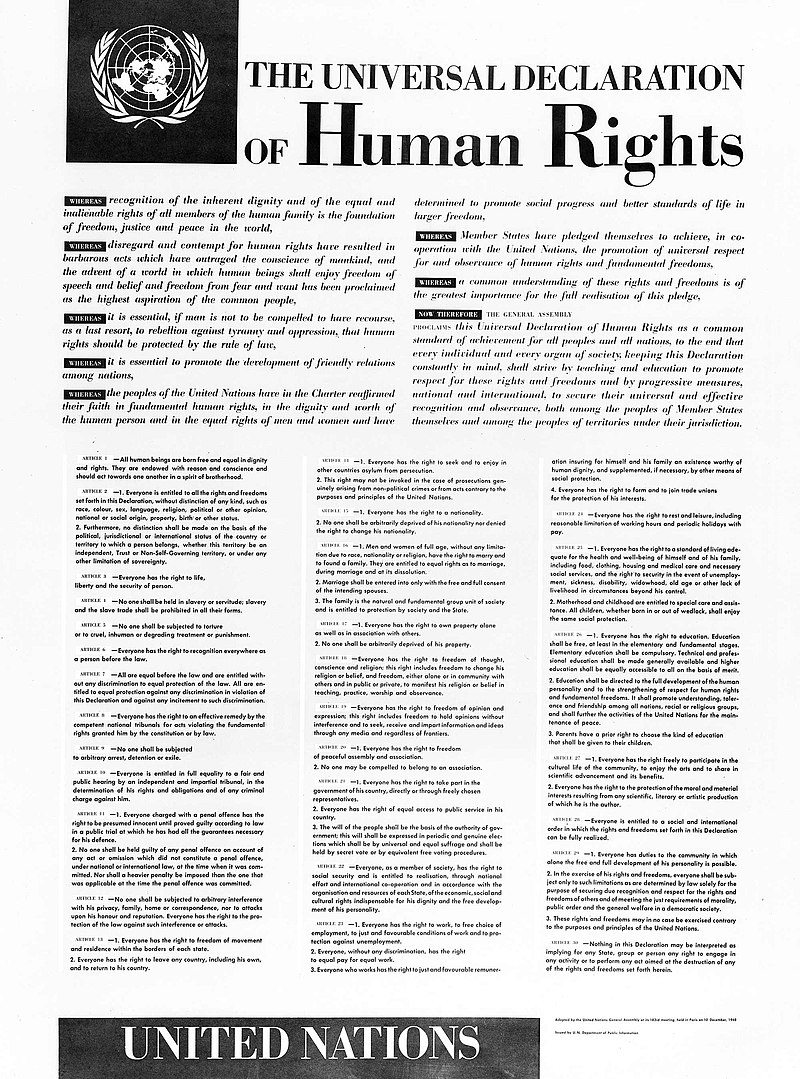
Over the years a number of multi-nation conferences and working groups have been organized to better define those specific goals that need to be attained in order to ‘achieve a better and more sustainable future for all.” On the fifth of December in 2014 the General Assembly of the United Nations accepted from the Secretary General a set of eight Sustainable Development Goals (SDGs). These goals were then ratified by all 193 member states on the 25th of September in 2015.

The plan agreed upon by the UN was officially designated the 2030 Development Agenda with the stated ambition of achieving the goals by the year 2030. Over the next several years nine additional goals were added to the list bringing the total to seventeen. The goals are interdependent, that is progress in one can support progress in others. Together these SDGs represent a roadmap for improving the lives of people around the world while eliminating many of the causes for violence and conflict.
Goal Number One is for the elimination of extreme poverty. It is estimated that currently some 736 million people live in conditions of extreme poverty, nearly half of these in conflict zones. Progress in eliminating poverty is to be assessed by seven targets and thirteen indicators.
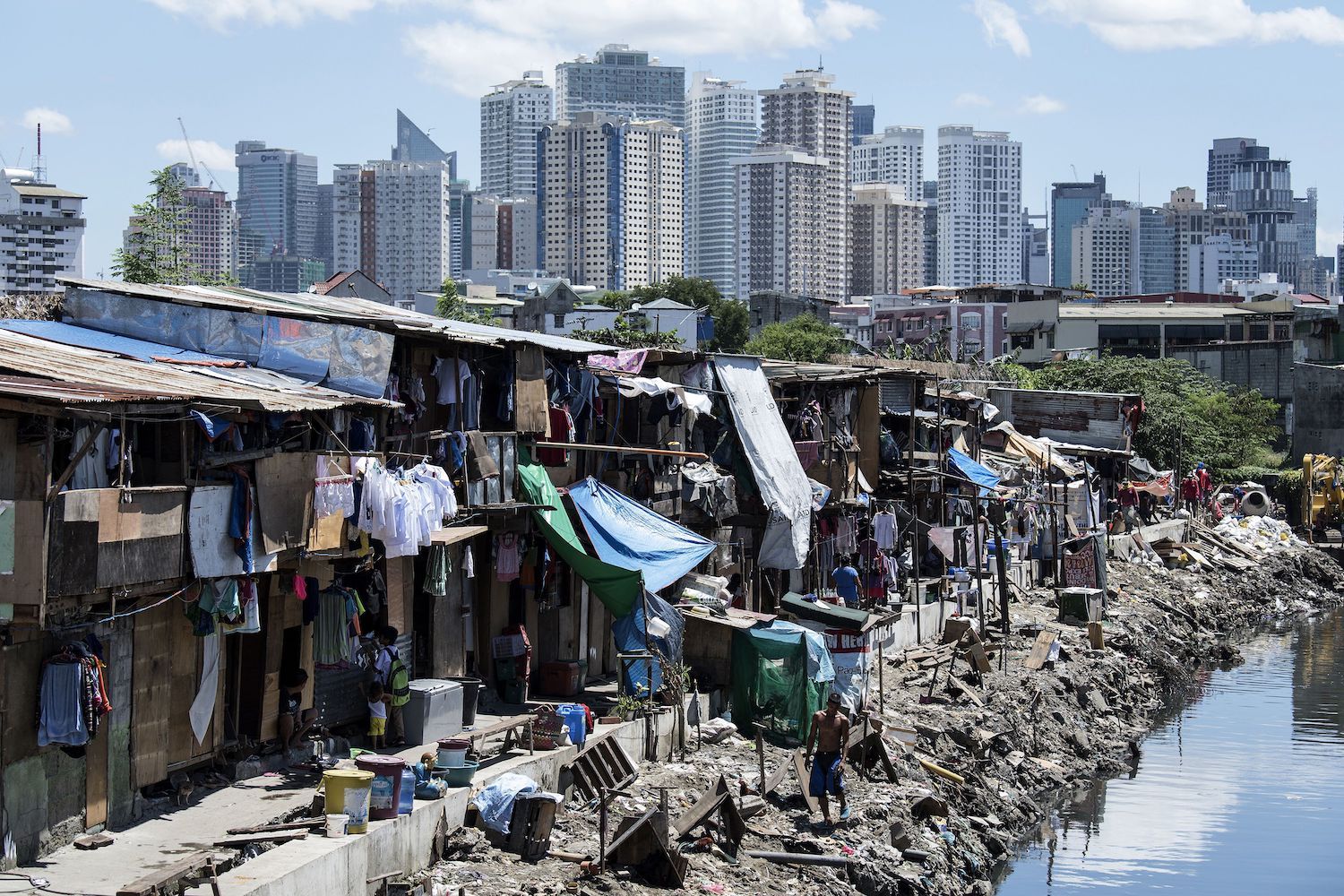
Goal Number Two is for there to be zero hunger in the world. The connection to goal number one is obvious; less poverty clearly implies fewer people who are unable to acquire enough food to eat. Currently one person in nine is considered to be undernourished. Eight targets and 1 indicators have been accepted to measure progress in ending hunger.
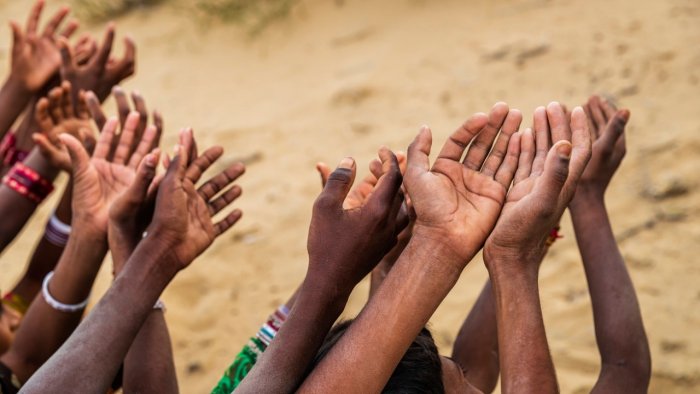
Goal Three is Good Health for every human, progress to be measured by 13 targets and 28 indicators. While eliminating poverty and hunger will certainly go a long way in promoting good health, goal three also includes such conditions as access to health care, infant and maternal mortality along with the control of communicable diseases.

Goal Four is to provide a Quality Education for everyone with progress assessed by 10 targets and 11 indicators. Access to free primary and secondary are considered essential along with affordable vocational and higher education. Another critical factor is the elimination of all forms of discrimination in education with special attention being made for the education of women.
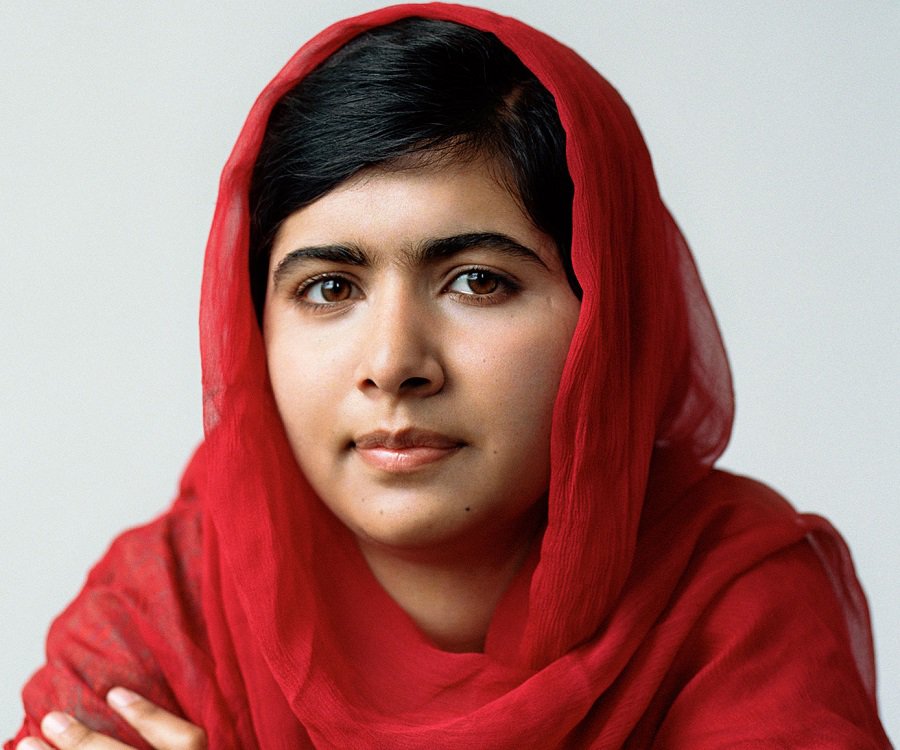
Goal Five, Gender Equality. Worldwide women face more than discrimination in education. Both working conditions and chances for advancement for women are greatly inferior to those for men in many parts of the world. Worst still are the physical dangers women often face including genital mutilation and becoming the victims of honour killings.

Goal Six is to provide Clean Water and Sanitation. The connection to goal three, good health is obvious but its often forgotten in more prosperous countries how much better our lives are thanks to our society’s commitment to cheap, abundant fresh water and decent sanitation. The UN has designated eight targets and eleven indicators to measure improvements in water quality.
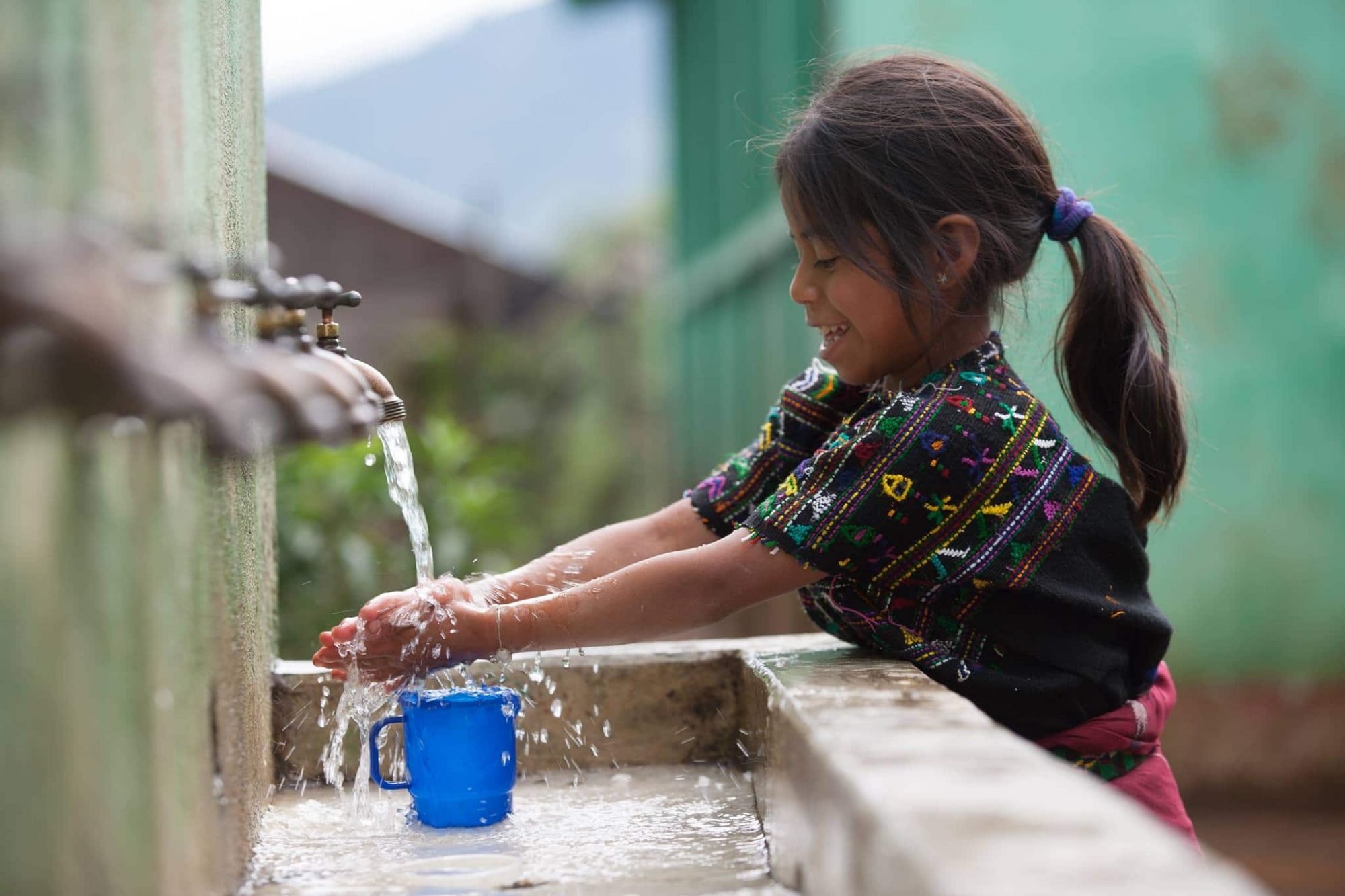
Goal Seven, Affordable Clean Energy, five targets and six indicators. Adequate supplies of energy are a requirement in our modern world but as we now know energy can be a two-edged sword with fossil fuels continuing to inject both greenhouse gasses and poisonous chemicals into the environment. With this in mind all efforts undertaken for goal seven are geared towards renewable, sustainable energy sources.
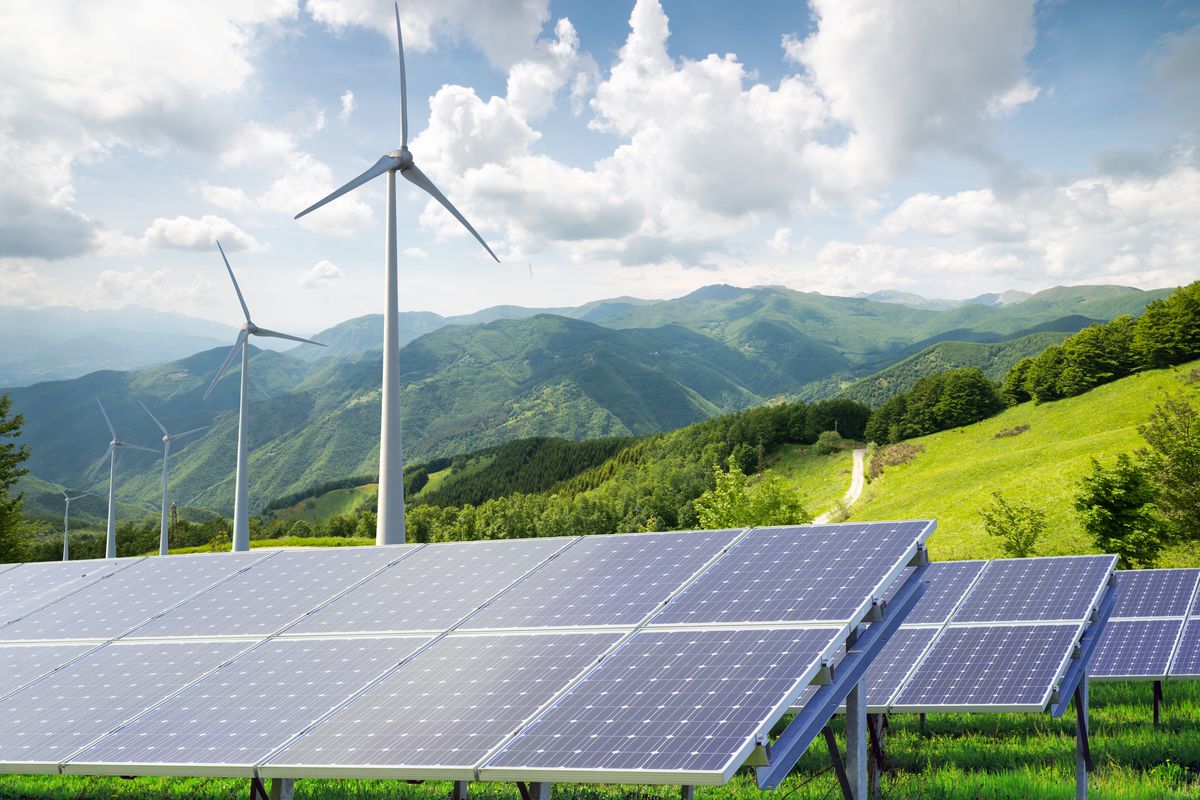
Goal Eight is concerned with the availability of Decent Work and Economic Growth as reflected by the attainment of twelve targets. Those targets reflect a commitment to improve the economies of the member states of the UN but to do so in ways that promote more equal pay and better working conditions while doing so in more environmentally friendly and sustainable ways. At the same time efforts will be undertaken as a part of goal eight to eliminate once and for all both slavery and child labour.
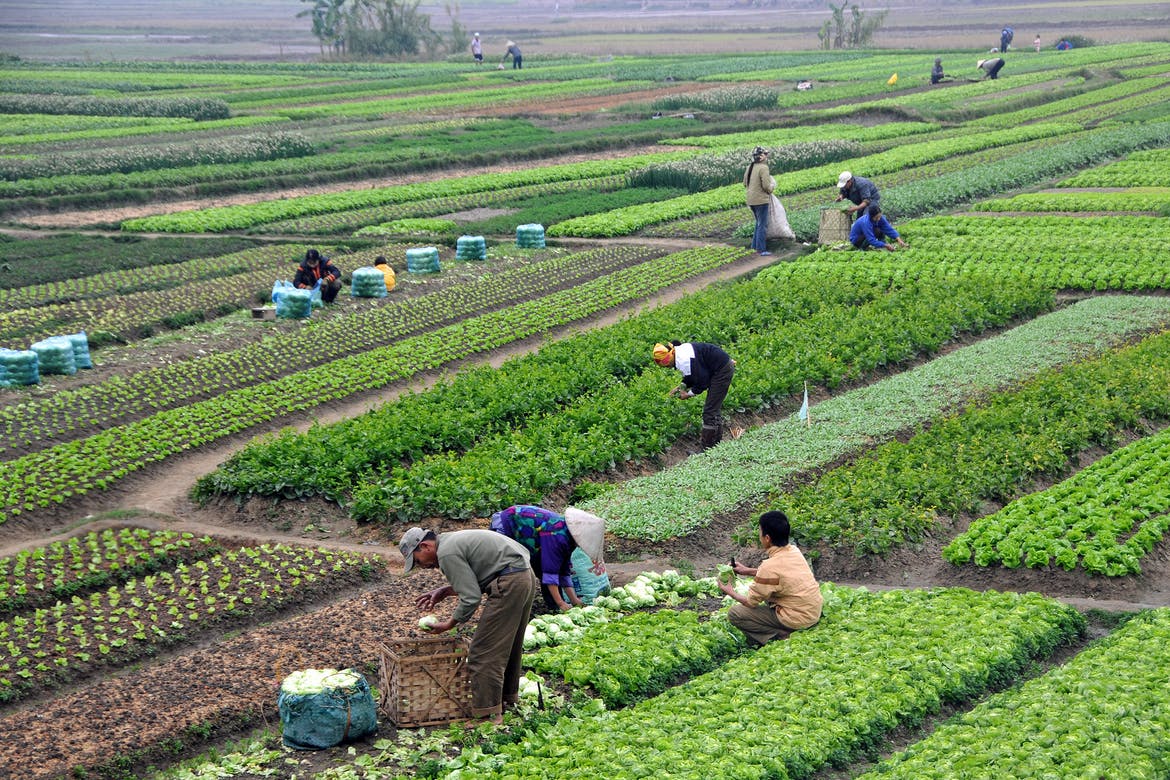
Goal Nine deals with Industry, Innovation and Infrastructure, eight targets with twelve indicators. Development is directed towards sustainable and non-polluting manufacturing. At the same time better access to financial and information support services are seen as key. Perhaps most important is the improvement of infrastructure in those areas of the world where good roads, power, water and communications utilities are lacking.
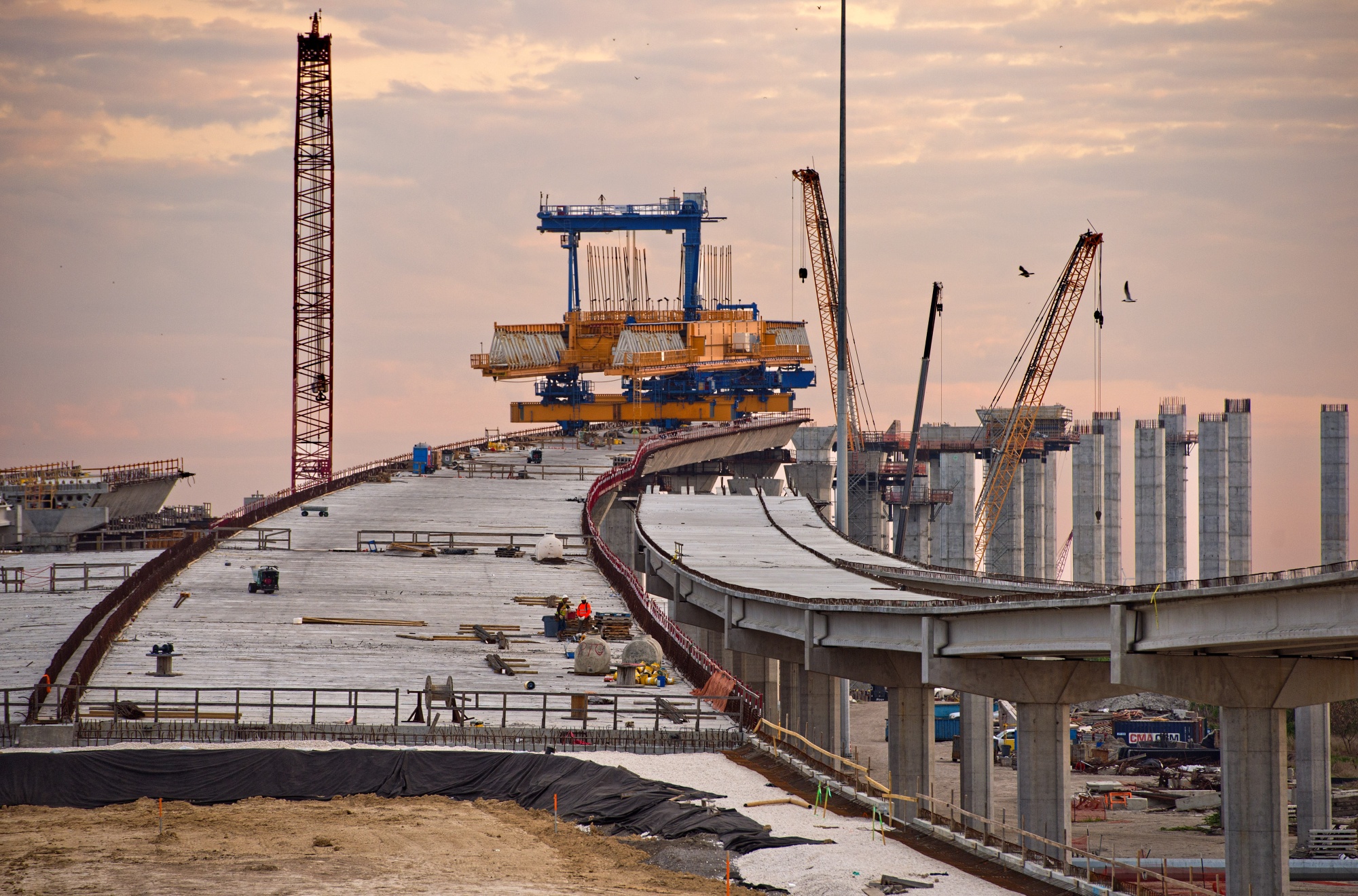
Goal Ten seeks to Reduce Inequalities both in wealth and justice. Ten targets will direct the efforts to end discrimination in its many forms. Equal opportunity and pay will be key features of this effort.
As a example of inequality in wealth just see image number three above!!!
Goal Eleven: Sustainable Cities and Communities consisting of ten targets and fifteen indicators. In our modern age the greater majority of human beings live in cities or other high-density communities sections of which often have inferior if not actually unhealthy living conditions. Goal eleven seeks to eliminate ‘shanty towns’ and other ghetto-like areas through sustainable development.
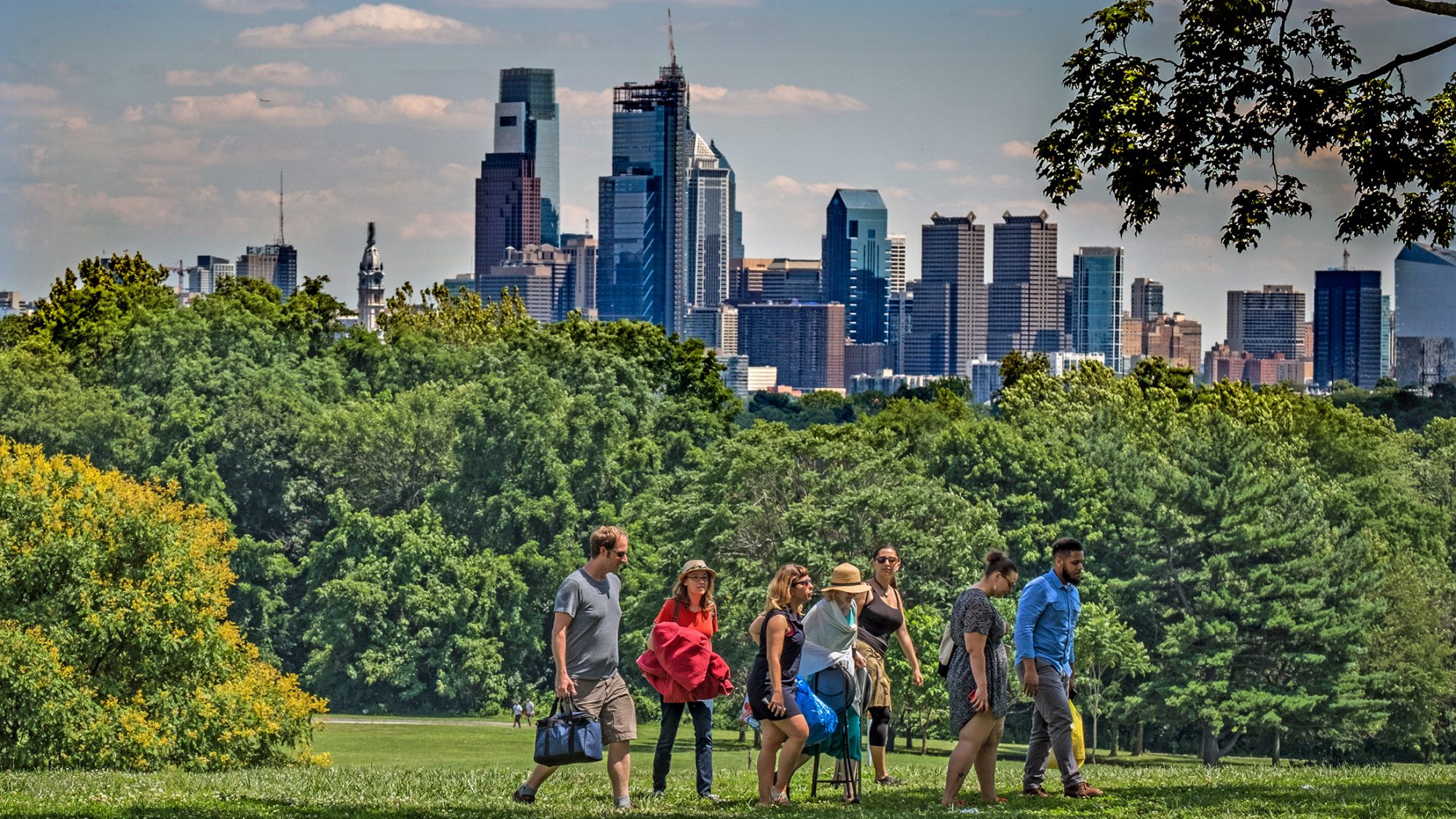
Goal Twelve deals with Responsible Consumption and Production. In my post of 17 February 2021 I discussed the new concept of a ‘circular economy’ that emphasizes recycling and eliminating waste in order to end our current practice of dumping everything we no longer want into the environment. Similarly goal twelve contains eleven targets aimed at reducing the negative impact our industry has on our planet.
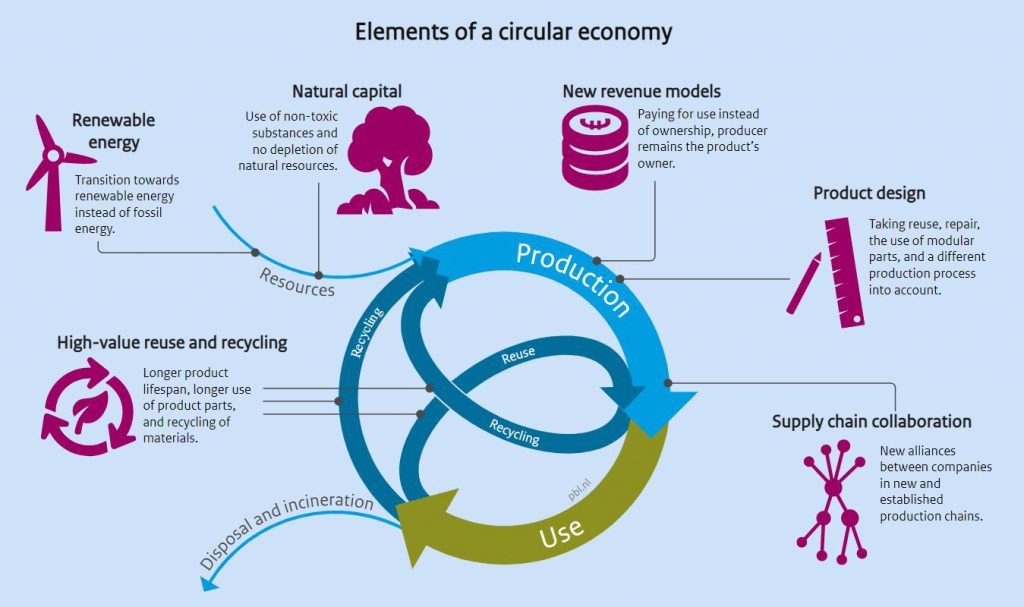
Goal Thirteen is concerned with Climate Change and the efforts we must undertake if we are to prevent the worst consequences of global warming. By now the dangers of the greenhouse gasses emitted by fossil fuels are obvious to all but the most obtuse making the five targets contained in goal thirteen critical to the very future of our species.
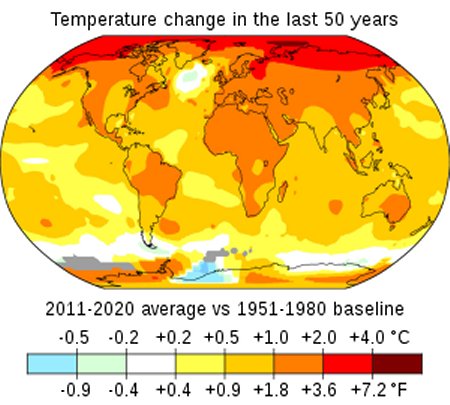
Goal Fourteen, Life below Water. The emphasis in goal fourteen is not only to curtail the amounts of pollutants being unceremoniously dumped into the waters of the world but to also eliminate overfishing and other practices harmful to life in the oceans. At the same time goal fourteen seeks to promote the sustainable use of Earth’s oceans through such technologies as aquaculture and sea farming. Seven targets shall serve to measure progress.
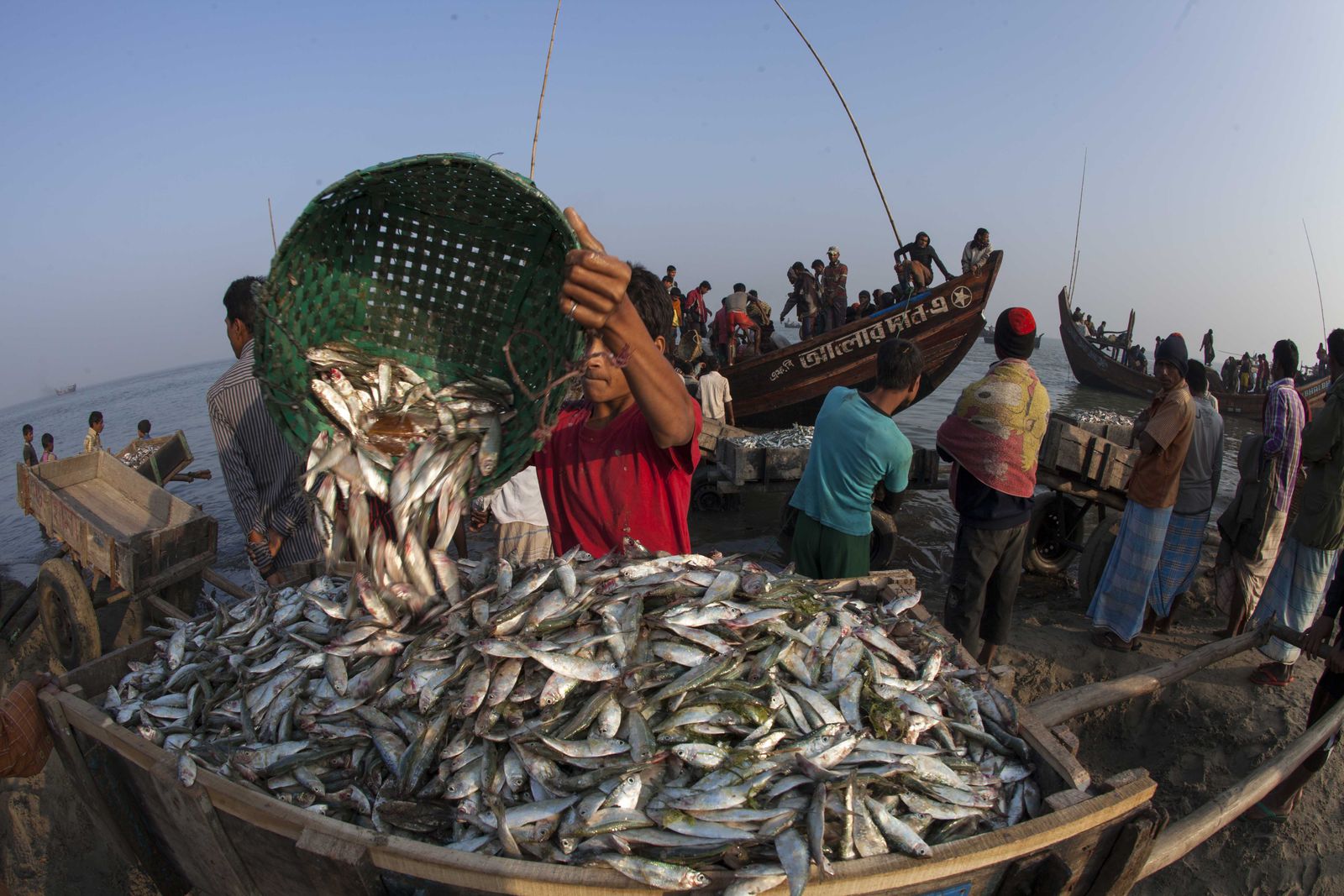
Goal Fifteen deals with Life on Land and our efforts to protect all life on this planet. As such the nine targets of goal fifteen deal with such issues as deforestation and desertification while fighting poaching and trafficking in protected species. At the same time working towards more sustainable use of the land will serve to benefit human as well as animal life.
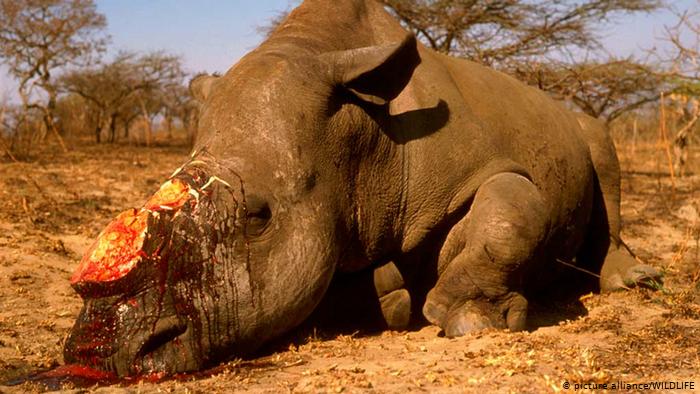
Goal Sixteen promotes Peace, Justice and Strong Institutions. Throughout history war has been the greatest threat to human progress not only directly by the murder of countless people but by reducing whole populations to poverty, by the destruction of land and infrastructure bringing the rise of banditry and other crimes. Goal sixteen employs ten targets in the effort to combat violence of every kind by promoting the rule of law through the establishment and strengthening of civil and governmental institutions.
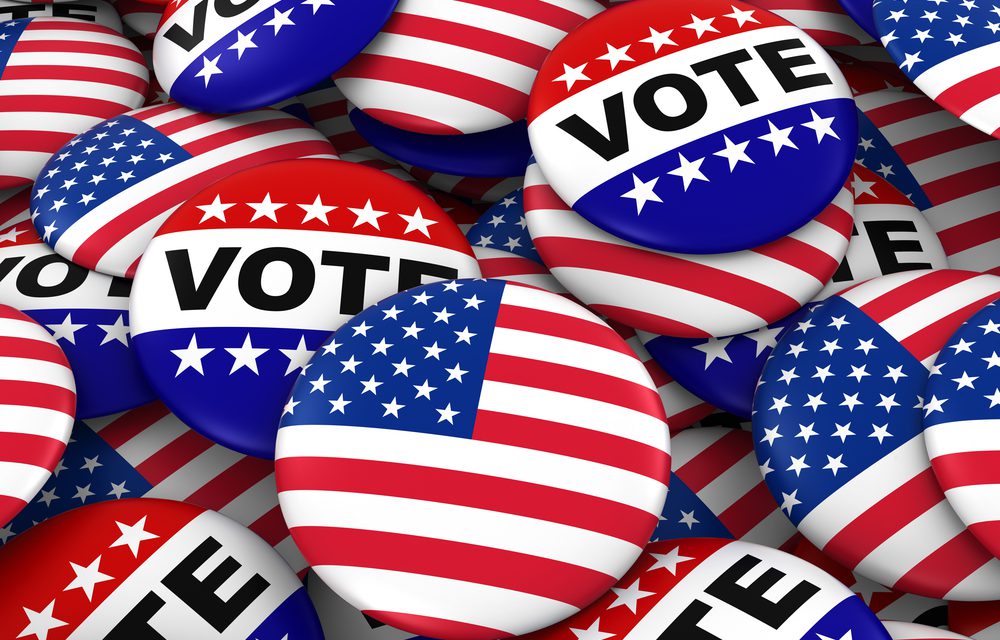
Goal Seventeen finally seeks to bring all of the SDGs together in a single Partnership for the Goals. Nineteen targets and twenty-four indicators will help lead to greater international cooperation toward the efforts of all the goals. Sharing knowledge and technology as well as working together on shared concerns will enhance progress and promote a shared sense of accomplishment.
A long list and by now I’m certain that you’re asking yourself, what chance is there that the bureaucrats at the UN will actually complete any of these goals? After all the SDGs were accepted in 2015 and supposed to be completed in 2030 but little, if anything has accomplished. Aren’t all of these goals just a way for the politicians to convince themselves that they’re making the world a better place without them having to actually do anything?
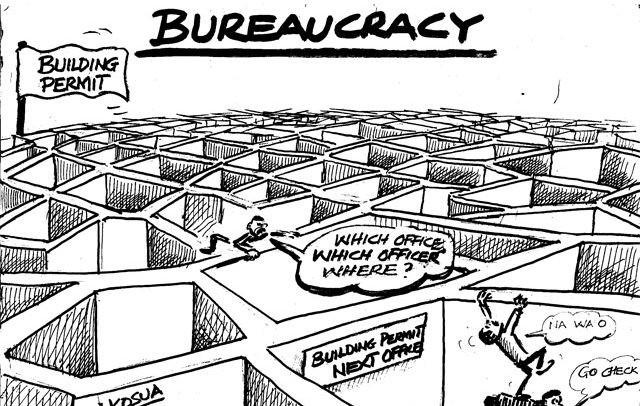
Maybe you’d be right to think that way but ask yourself this. When in human history have the nations of the world even said that they wanted to make the entire world a better place, let alone agree on what that better world would look like, let alone try to do anything to get there? In ten thousand years of human history this is the first real plan for bringing peace and prosperity to the entire human race. If you look at it that way, any accomplishment, any, will be a major step forward.
